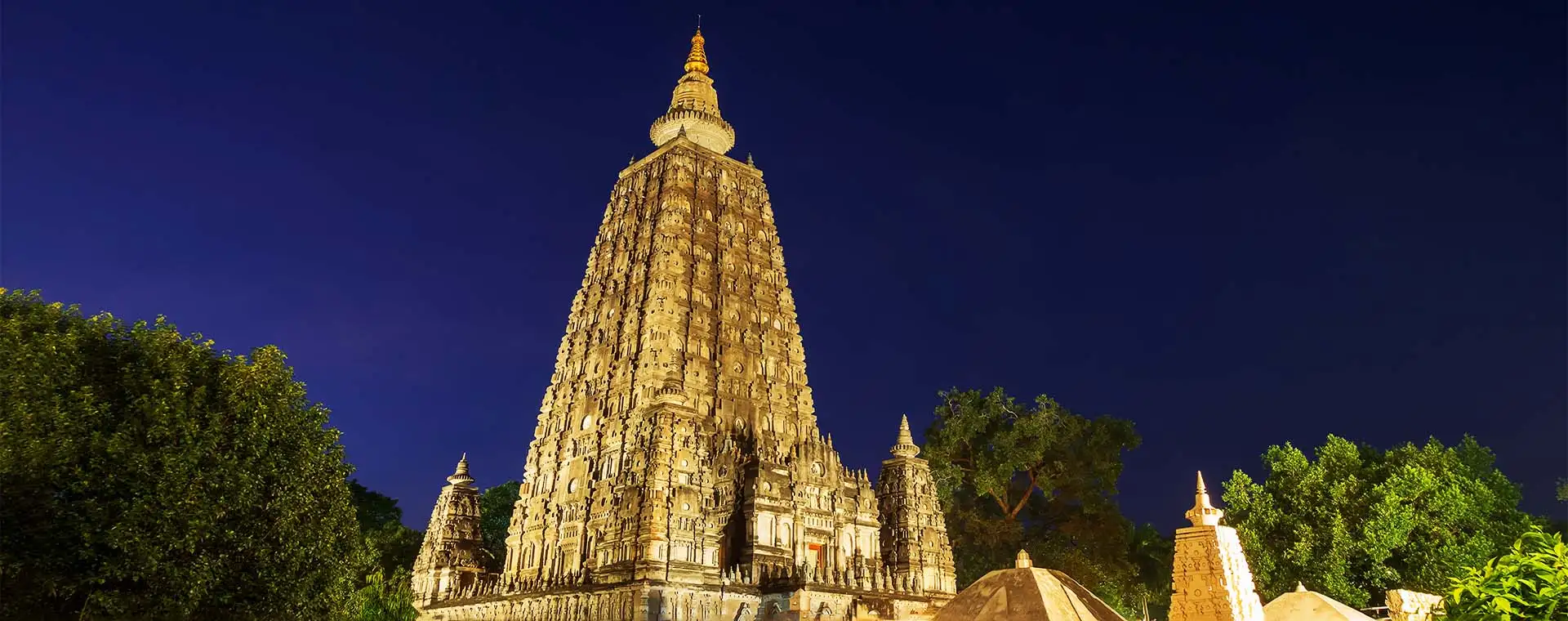

Gaya and Bodh Gaya are two of the most sacred pilgrimage destinations in Bihar, India. Bodh Gaya is world-famous as the place where Lord Buddha attained enlightenment, making it a spiritual center for Buddhist pilgrims from across the globe. The Mahabodhi Temple complex, Bodhi Tree, and the 80-feet tall Great Buddha Statue are the major attractions here. Just a short distance away, the ancient city of Gaya holds immense significance for Hindus, especially for the sacred Vishnupad Temple, where devotees perform Pind Daan rituals for their ancestors. Rich in heritage, spirituality, and cultural diversity, Gaya and Bodh Gaya together stand as timeless destinations that beautifully represent India’s spiritual legacy.
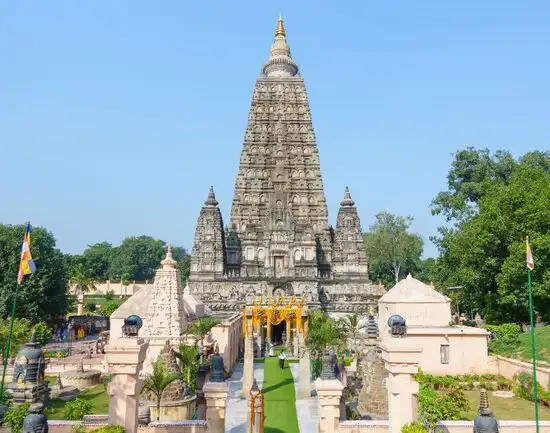
Mahabodhi Temple, located in Bodh Gaya, Bihar, is one of the most sacred pilgrimage sites in the world. Recognized as a UNESCO World Heritage Site, this majestic 55-meter tall temple marks the spot where Lord Buddha attained enlightenment under the Bodhi Tree. The temple’s ancient architecture, intricate carvings, and the serene statue of Buddha inside the sanctum attract devotees and tourists from across the globe. Surrounded by sacred stupas, monasteries, and the revered Bodhi Tree, Mahabodhi Temple stands as a timeless symbol of peace, meditation, and spiritual awakening.
The Bodhi Tree, located within the Mahabodhi Temple complex in Bodh Gaya, Bihar, is one of the holiest symbols of Buddhism. It is under this sacred Peepal tree that Lord Buddha attained enlightenment in the 6th century BCE. The present tree is believed to be a direct descendant of the original Bodhi Tree, making it a living link to one of history’s greatest spiritual events. Today, pilgrims and visitors from around the world gather here to meditate, offer prayers, and experience the profound peace and spiritual energy that the Bodhi Tree radiates.
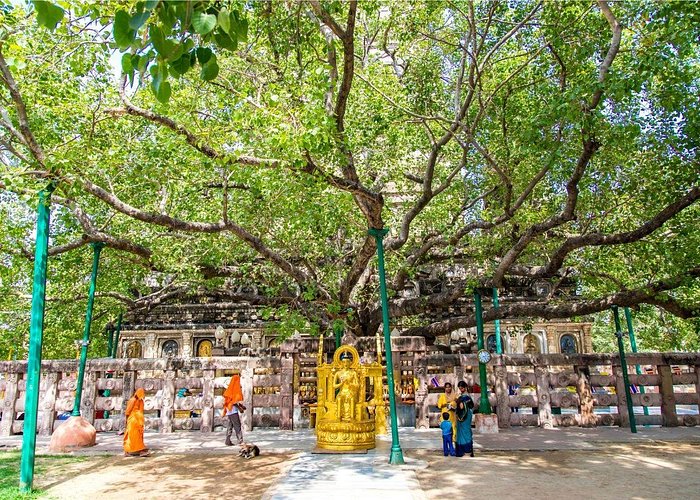
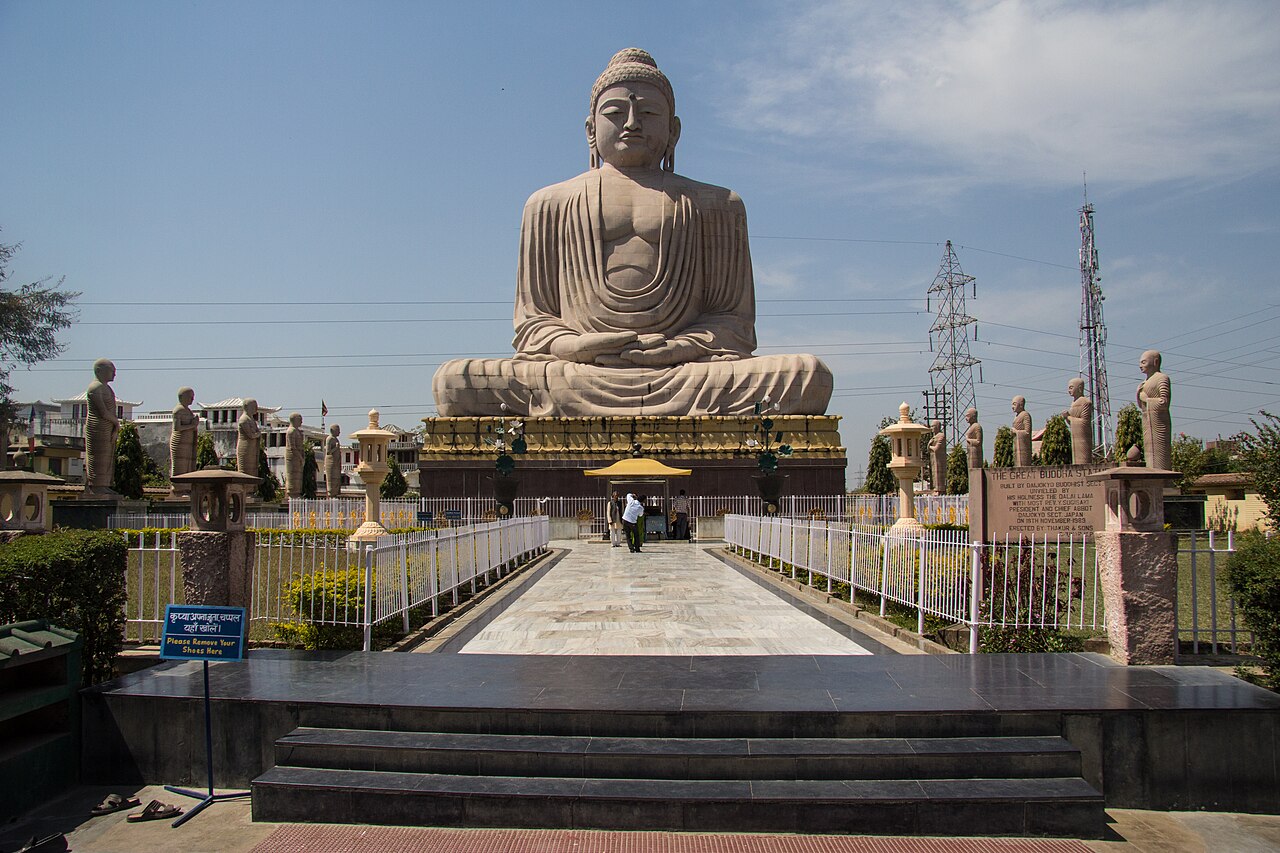
The Great Buddha Statue in Bodh Gaya, Bihar, is an iconic landmark and one of the tallest Buddha statues in India. Standing 80 feet tall, this magnificent stone idol depicts Lord Buddha in a meditation posture, symbolizing peace and enlightenment. Completed in 1989, the statue is crafted from red sandstone and granite, surrounded by smaller Buddha images representing His disciples. Today, it serves as a major attraction for pilgrims and tourists alike, offering a serene spiritual experience and a glimpse into the artistic devotion of Buddhist culture.
The Vishnupad Temple in Gaya, Bihar, is a revered Hindu pilgrimage site situated on the banks of the Phalgu River. Dedicated to Lord Vishnu, the temple is famed for housing a sacred footprint of the deity imprinted on stone. It is especially significant for the ritual of Pind Daan, where devotees perform offerings for the liberation of their ancestors’ souls. With its towering shikhara, spiritual ambience, and deep mythological connections, Vishnupad Temple stands as one of the most important sacred destinations for Hindus across the world.
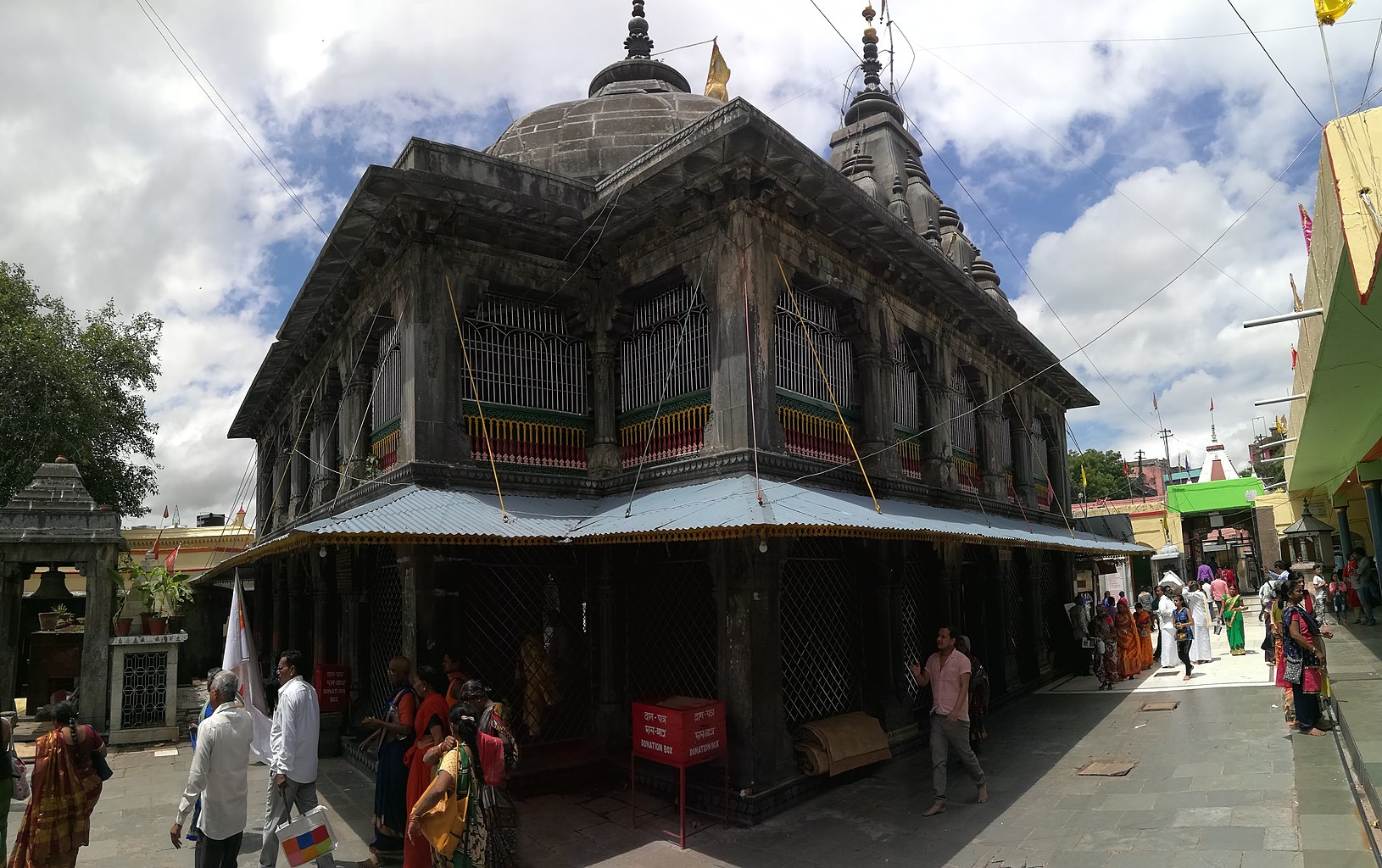 >
>
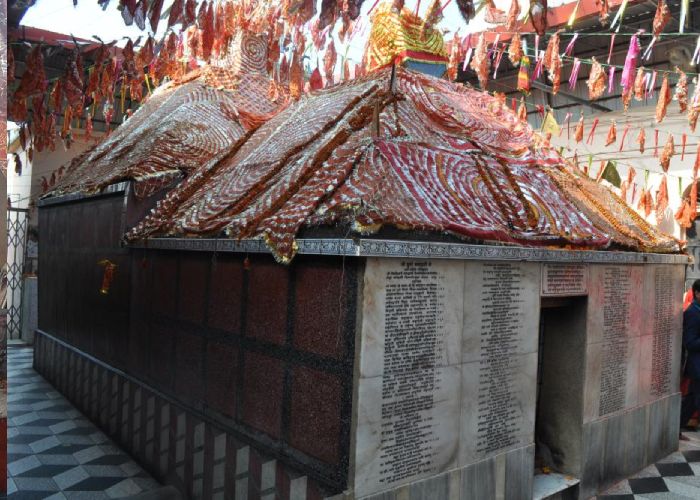
The Mangla Gauri Temple in Gaya, Bihar, is one of the 18 Maha Shakti Peethas mentioned in Hindu scriptures. Dedicated to Goddess Shakti, the temple holds immense spiritual significance as it is believed that the breast of Goddess Sati fell here. Symbolizing feminine power and divine motherhood, the shrine attracts thousands of pilgrims, especially during Shravan month and Navratri festivals. With its hilltop setting, ancient rituals, and vibrant spiritual energy, Mangla Gauri Temple is a must-visit for devotees seeking blessings and cultural heritage in Gaya.
The Dungeshwari Cave Temples, also called the Mahakala Caves, are located about 12 km from Bodh Gaya in Gaya district, Bihar. This is where Lord Buddha meditated for six years (around 500 BCE) before attaining enlightenment. Inside the caves stands a 10-feet tall statue of Buddha in deep meditation, along with idols of Goddess Dungeshwari and Lord Mahakala, making it a revered site for both Buddhists and Hindus. The place is also known as “Sujata Sthal”, linked to the story of Sujata who offered milk pudding (kheer) to Buddha, inspiring the Middle Path. With its serene caves and spiritual aura, the Dungeshwari Cave Temples are a must-visit for pilgrims and travelers in Bihar.
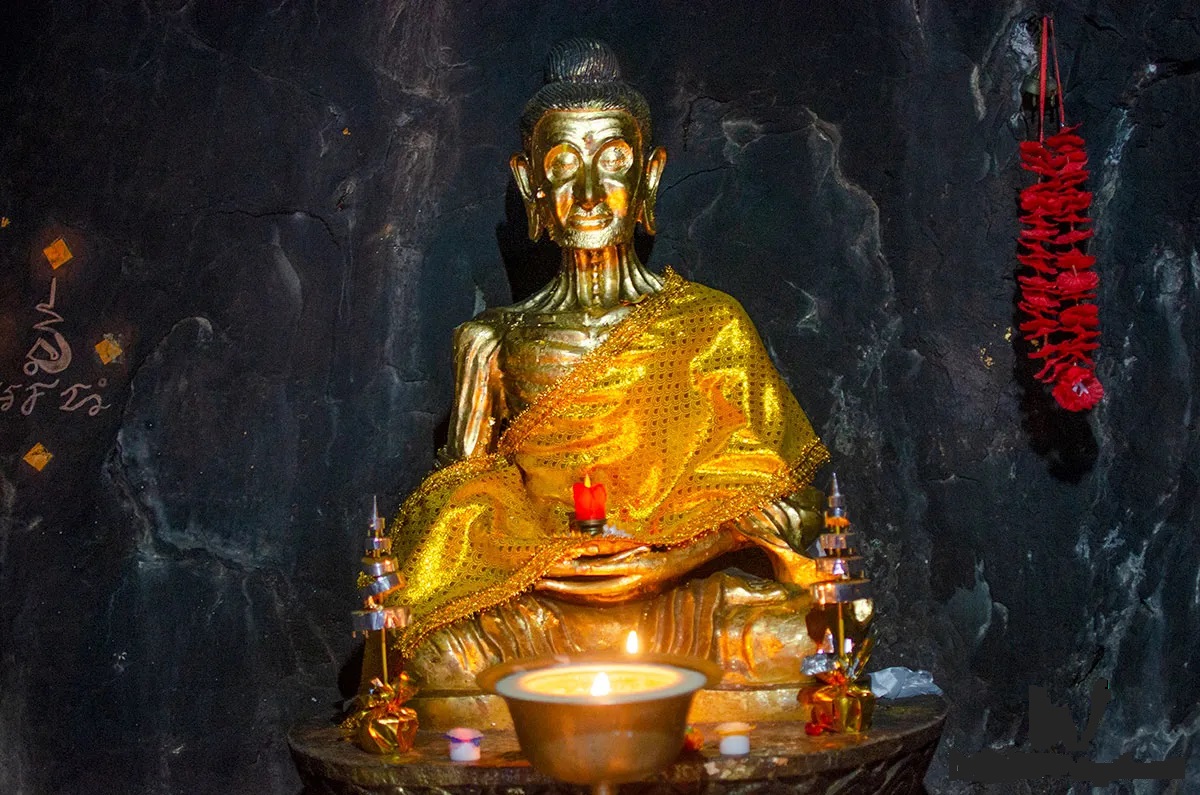
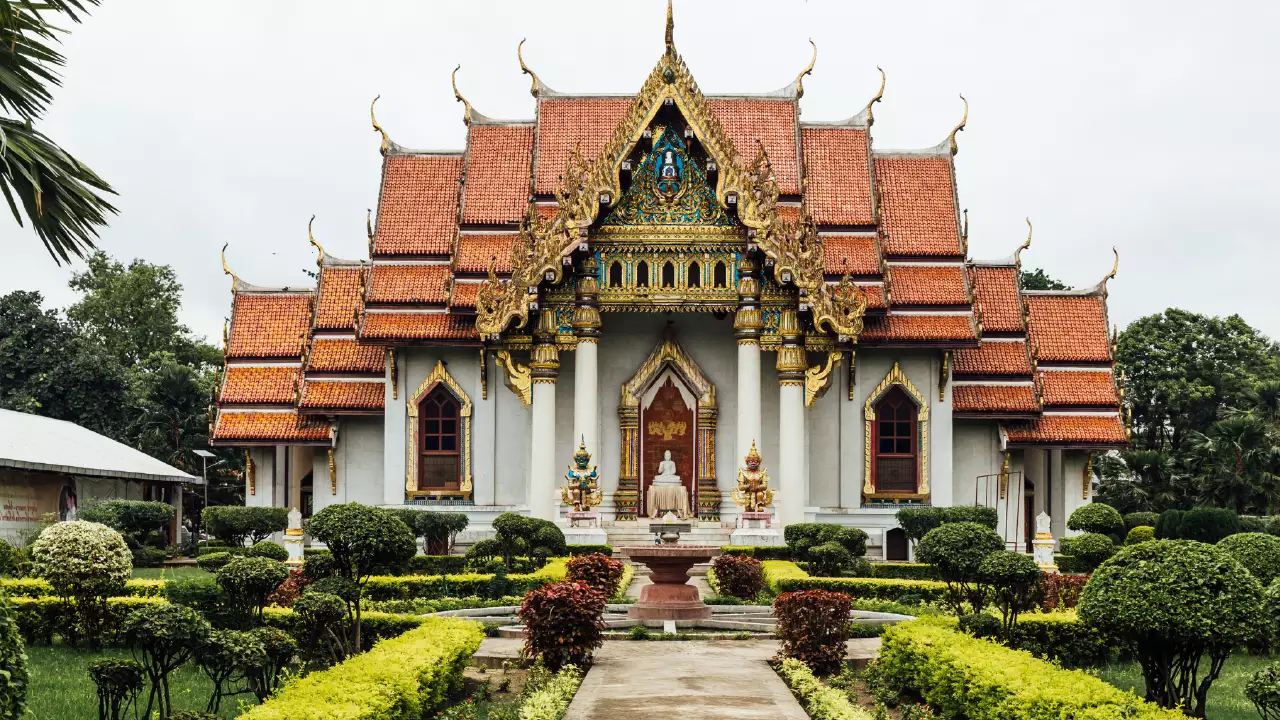
The Japanese Temple and Thai Monastery in Bodh Gaya are among the most beautiful and peaceful Buddhist sites in Bihar. The Japanese Temple, built with the support of the Daijokyo Buddhist sect of Japan, is famous for its magnificent 80-feet tall statue of Lord Buddha, one of the tallest in India.
The Thai Monastery, established with the help of the Thai government and monks, showcases stunning Thai-style architecture with golden ornamental designs and multi-tiered roofs. A shining bronze Buddha statue and serene gardens create a divine atmosphere for meditation and prayer.
Together, these sacred sites reflect international devotion to Buddhism and are must-visit attractions for pilgrims and travelers exploring Bodh Gaya, Bihar.
Royal Bhutan Monastery in Bodh Gaya is a stunning Buddhist temple built by the King of Bhutan. The monastery is known for its peaceful atmosphere and beautiful Bhutanese architecture, featuring carved woodwork and colorful paintings. Inside, it houses a majestic statue of Lord Buddha and detailed wall paintings that narrate his life events. Surrounded by calm gardens, the monastery is a serene spot for meditation and a must-visit for those exploring Bodh Gaya’s spiritual heritage.
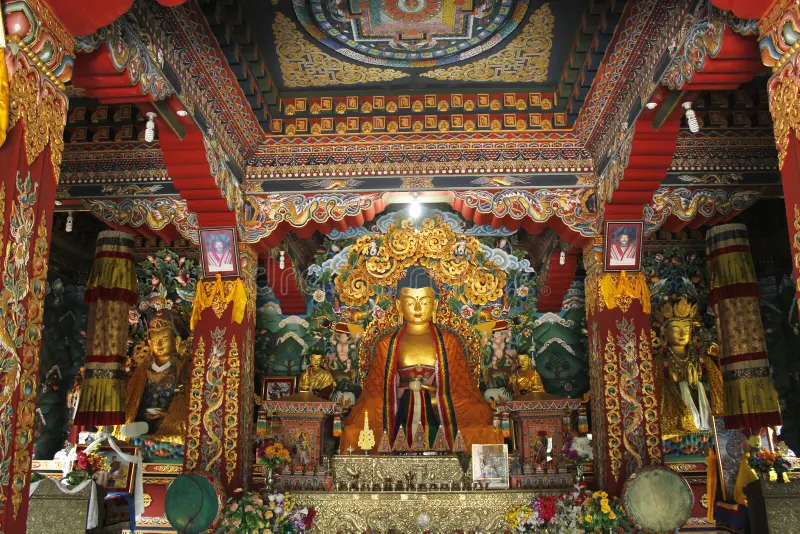
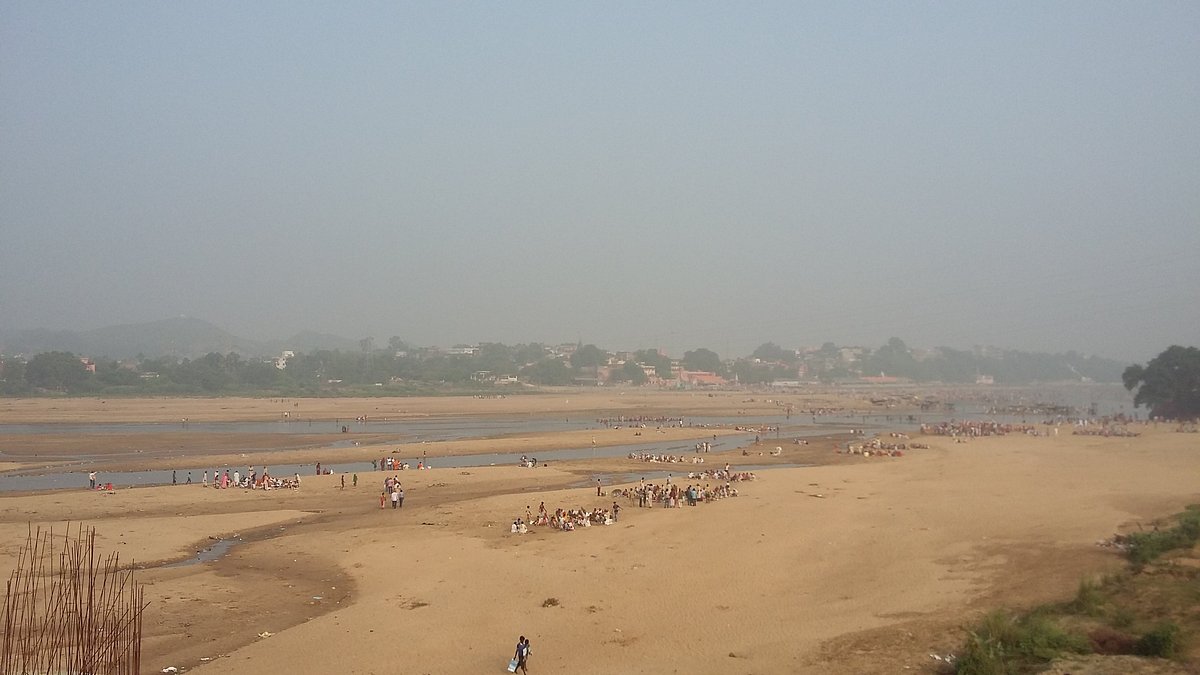
The Falgu River, flowing between Gaya and Bodh Gaya, is a sacred river significant in both Hinduism and Buddhism. In Hindu tradition, people perform Pind Daan on its banks during Pitru Paksha to honor ancestors, believed to bring peace to their souls and moksha. Due to the legend of Sita Mata’s curse, the river remains mostly dry and fills only during the rainy season. In Buddhism, the river is important because Prince Siddhartha Gautama meditated here before attaining enlightenment in Bodh Gaya. The Vishnupad Temple, situated on its banks, further adds to the spiritual significance, making it a must-visit site for pilgrims and travelers exploring Gaya and Bodh Gaya.